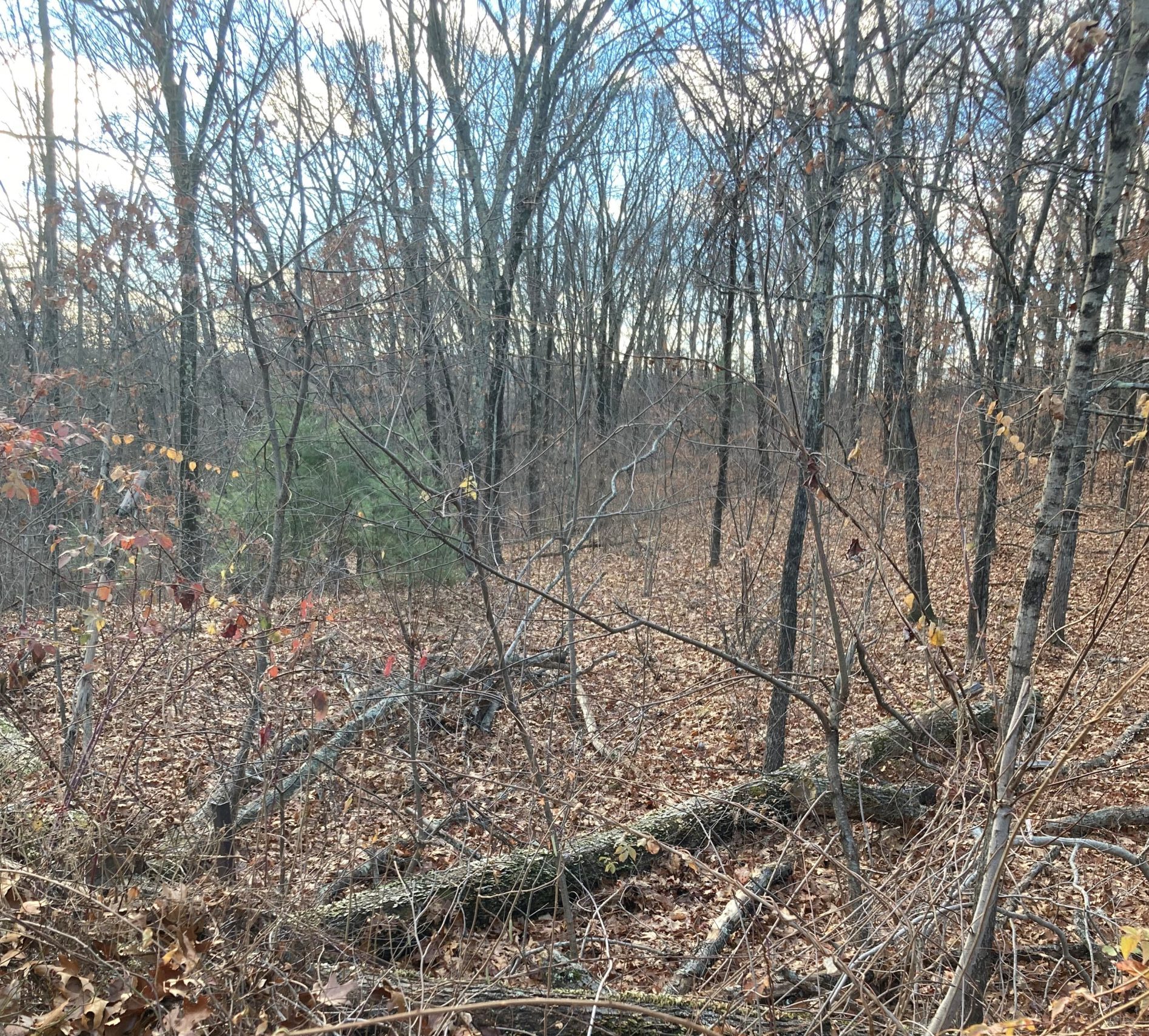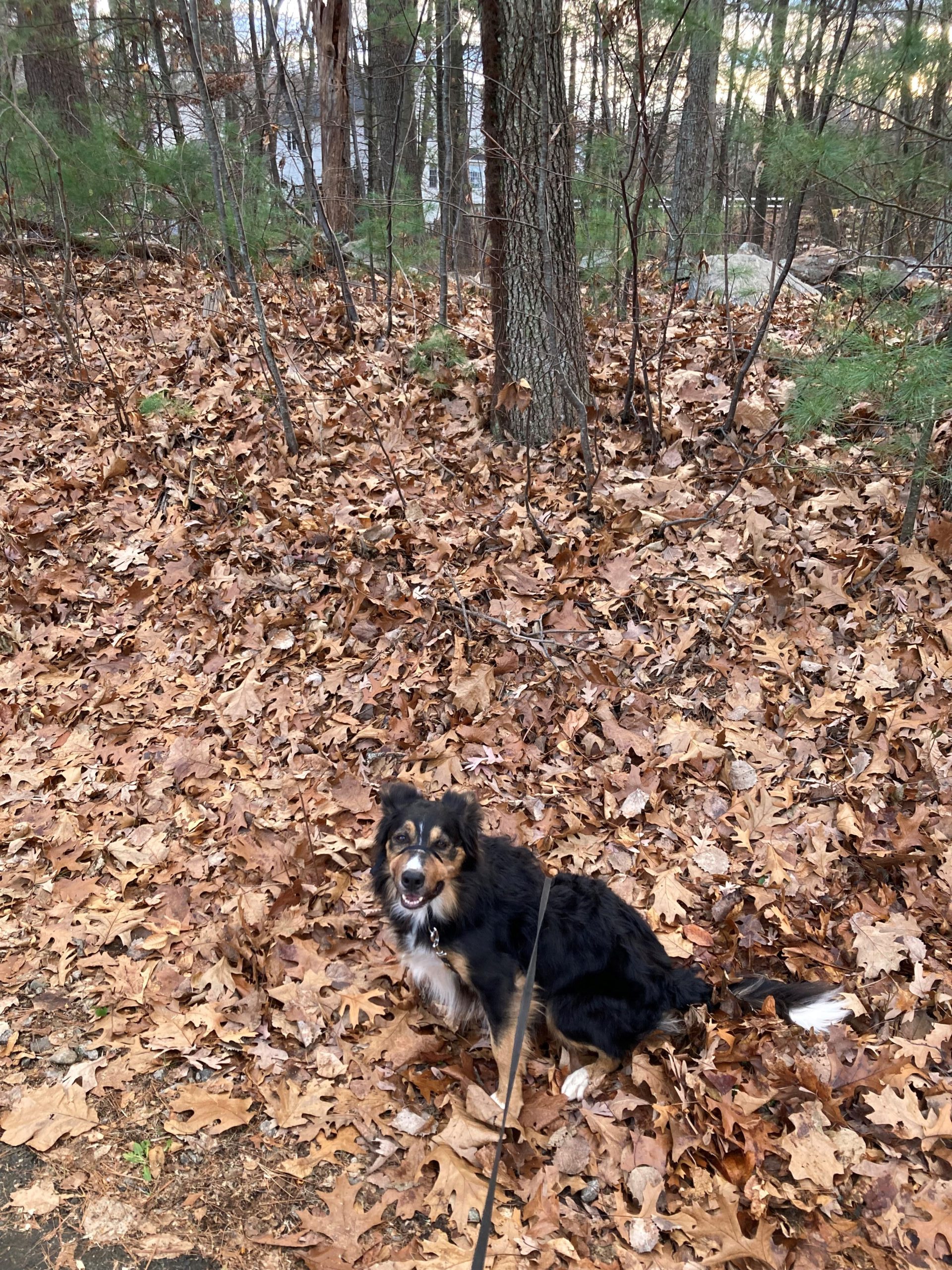We are the representatives of the cosmos; we are an example of what hydrogen atoms can do, given 15 billion years of evolution.
-Carl Sagan
The forest floor is thick with the orange and tan of fallen leaves. They gave up the sugars and nutrients they manufactured during the warm months, to be stored in tree roots for the coming winter, and are now shed. On the ground, they lay to slowly decay and add whatever organic material that’s left to the general milieu of the soil where it will be reused in coming seasons. There are a few verdant plants still left – pines and cedars, mostly. But there are also some leafy plants with their greenery still attached – autumn olives, wintercreeper euonymus, garlic mustard, greenstem forsythia, callery pear, Siberian elm, morrow’s honeysuckle, Alleghany blackberry, and even a Norway maple or two. These are mostly rare and you have to keep an eye out for them — except for the autumn olives. I never realized there were so many, until all the other foliage fell to the ground, revealing the now easily noticed olives shining their life through all the dead remnants of life. I’m amazed any leaves have survived the cold temperatures we’ve recently had, yet, there they are.
I’m reminded of how homo sapiens sapiens was nearly wiped out some 70,000 years ago. Mitochondrial DNA analysis shows there was a genetic bottleneck that occurred back then, with only around 1,000 pairs left on the entire Earth. But humans are nothing if not tenacious and adaptable and here we are today. Whatever the cause of the near extinction event was, disease, meteors, climate change, or something more exotic, our species passed the test and eventually became dominant. How different the world would be today if all people died out back then. It makes me wonder…
Suppose all the hominids were wiped out millions of years ago. What species would take our place today? If there were no bipedal apes with opposable thumbs to evolve large brains, would another species have done it? Hands are not a requirement for massive amounts of gray matter, look at dolphins – some have bigger brains than humans. Yet dolphins have not become a dominant species, even when you look only at marine life. Maybe they are smart enough to know better?
Crows can use tools, although rudimentary ones, and they have very dexterous feet. And parrots can speak and communicate with human language quite well. Could they have evolved in place of humans? What would the world be like if intelligent birds evolved instead of us? Would they need roads since they fly almost everywhere they go? How would their buildings be different? Roofless?
Maybe “intelligence,” meaning the kind of “superior” thinking humans do, was not so much a niche that would be eventually filled by some species, but rather a fluke caused by a rare combination of environmental pressure to evolve with a coincidentally malleable available genetic substrate. It’s possible that if hominids weren’t around to evolve, no species would eventually develop what we think of as intelligence. After all, small-brained dinosaurs were dominant on the planet for hundreds of millions of years. Is “intelligent” life inevitable or merely a freak accident?
I look over at Waldo. He’s sniffing the berm and looking for a stick. Could dogs have evolved to be in our place? They’re smart and I see no reason why they couldn’t evolve to be smarter. Waldo uses mostly his mouth to pick things up, but when he’s playing ball, he grabs it with his fore legs, curls his paws around it, almost like hands, and his claws grip the rubber almost like fingers. And although they don’t particularly like to, dogs can balance upright on their hind legs. Why couldn’t they evolve hands with opposable thumbs and walk on two legs instead of four? Think of it, instead of movie theaters, maybe they’d have large sniff-o-ramas with a perfusion of odors instead of projected images. Maybe they’d have street vendors selling a vast variety of sticks in addition to meaty treats. I’m sure it would be, for us, a strange and interesting place.
But, nevertheless, here we are. I am what I am, Waldo is what he is and the world is what it is, with its cyclical seasons, dead leaves and all. I feed Waldo, provide and care for him and walk with him in Mother Nature as she has become. I play with Waldo, enjoy his companionship and observe and appreciate the world around me.
I kinda like the way things turned out.



